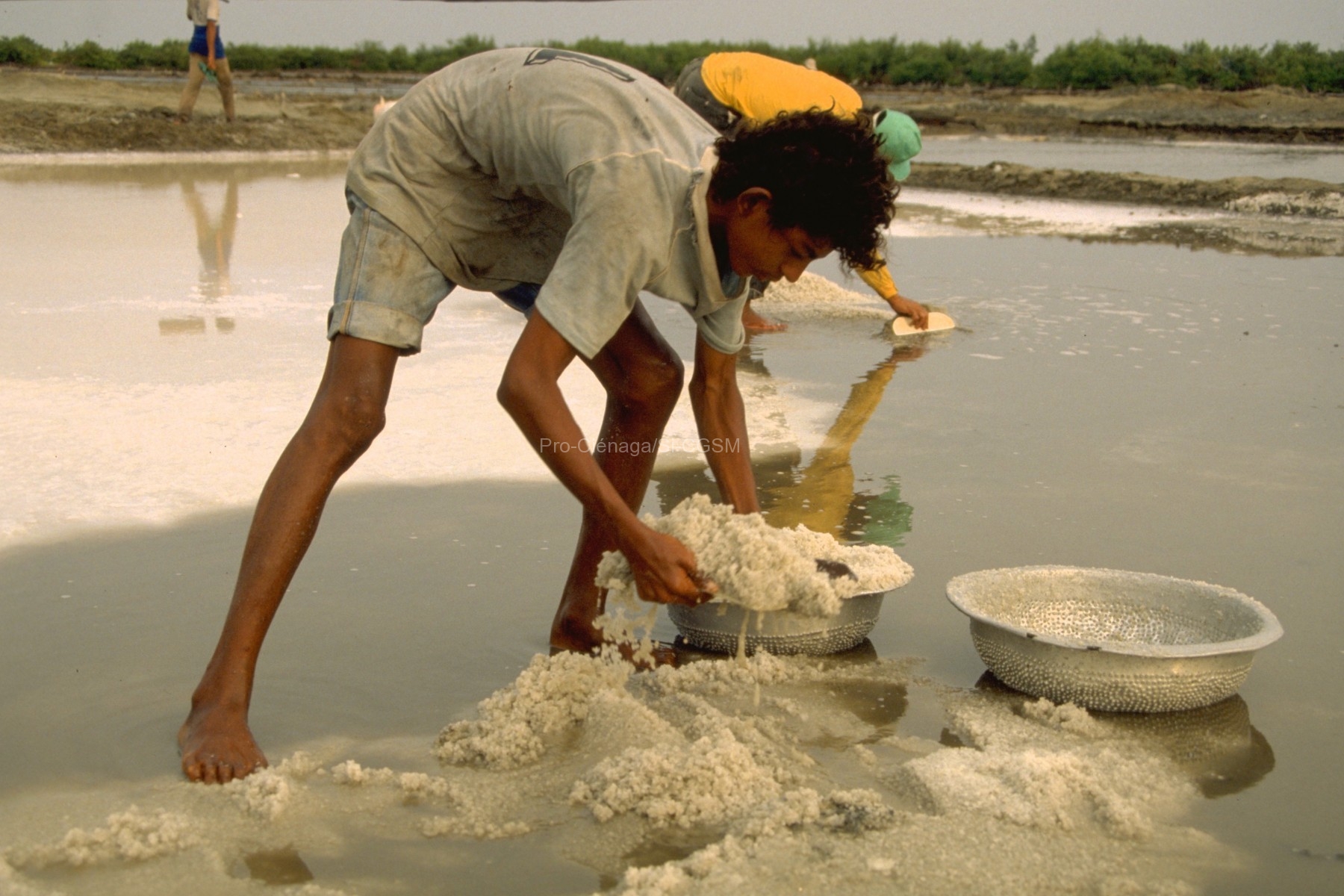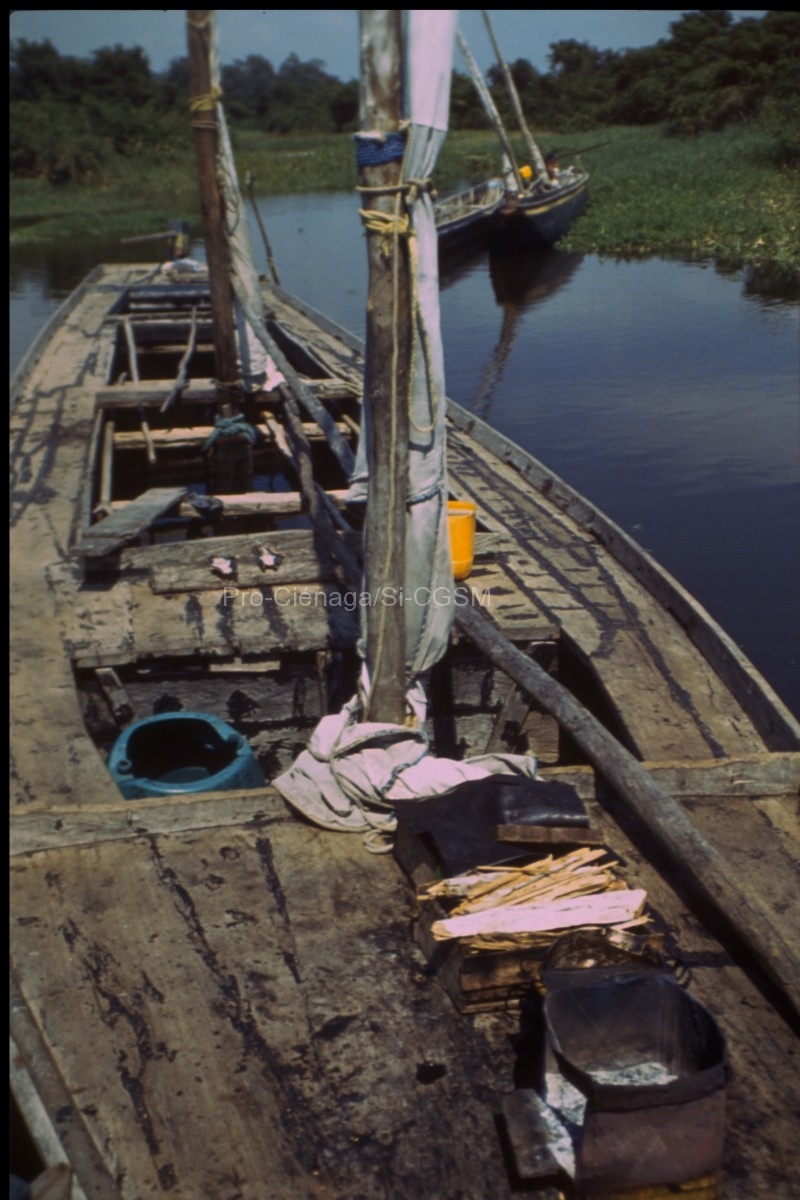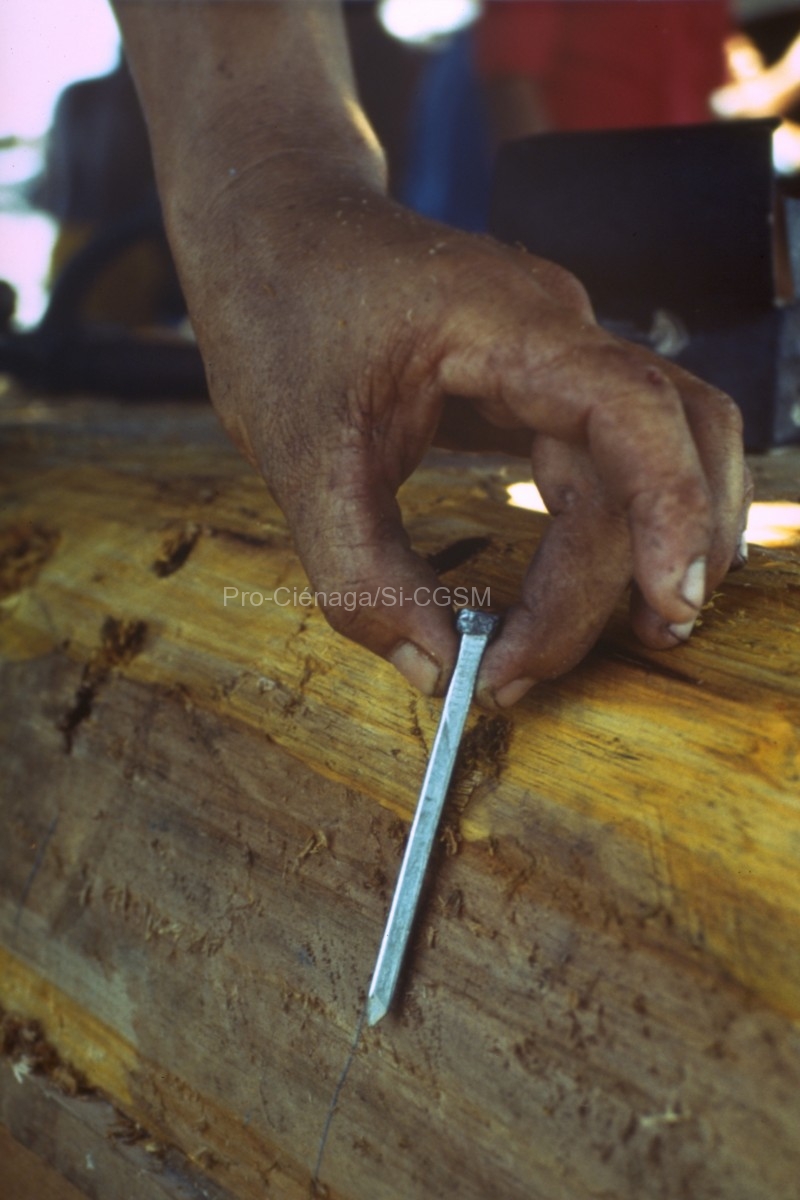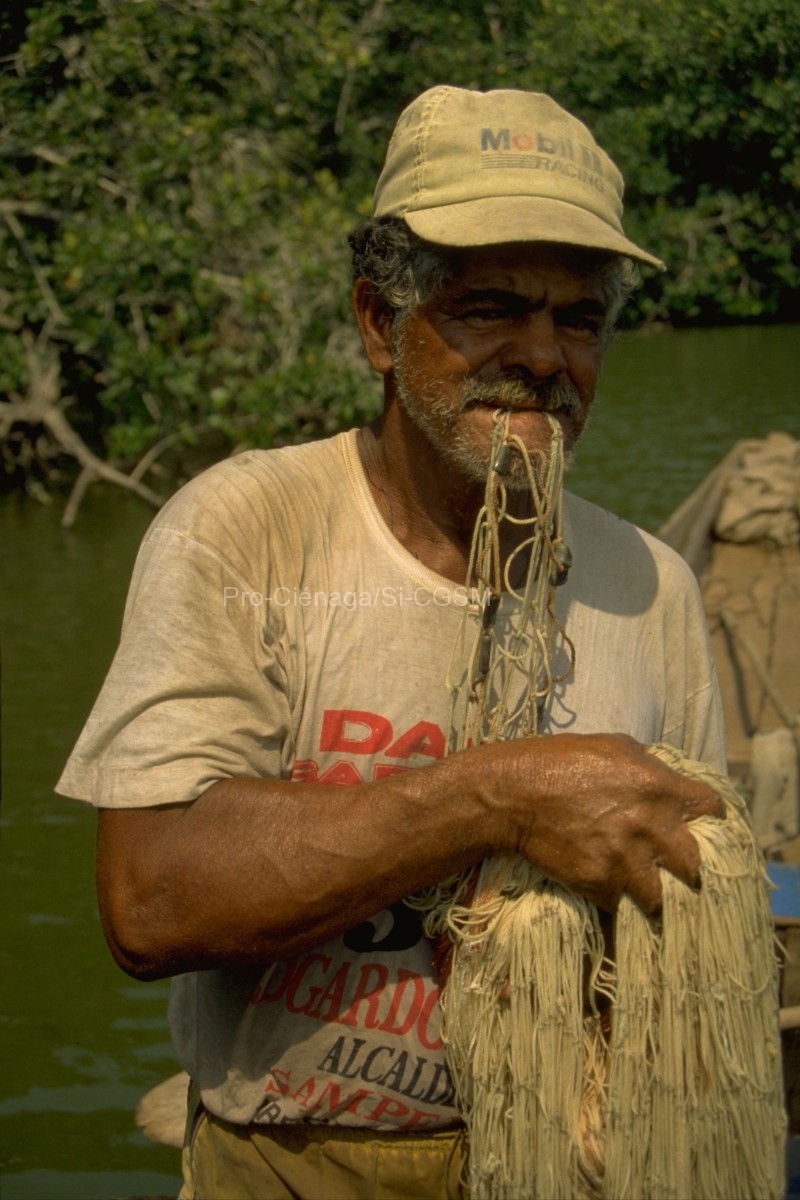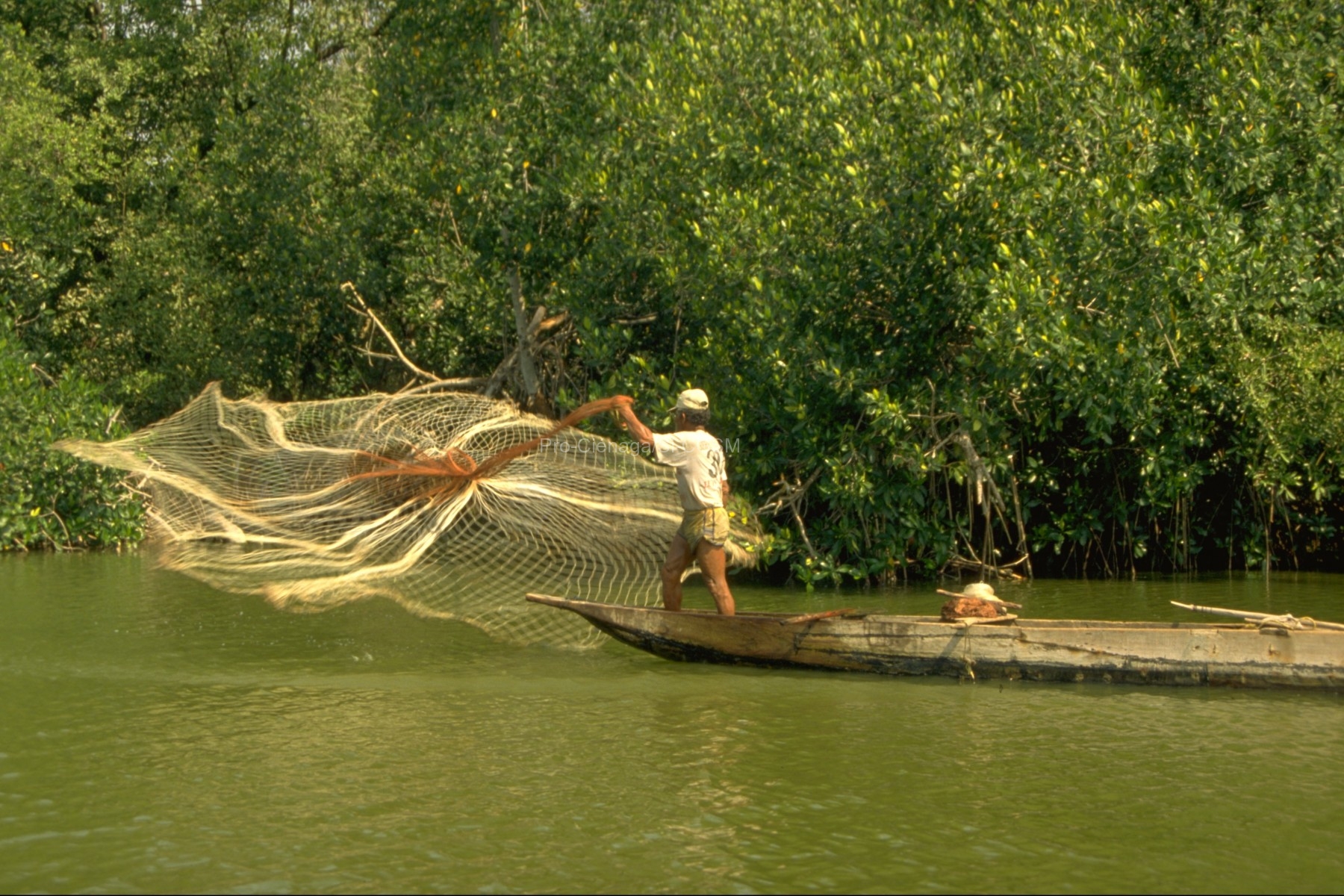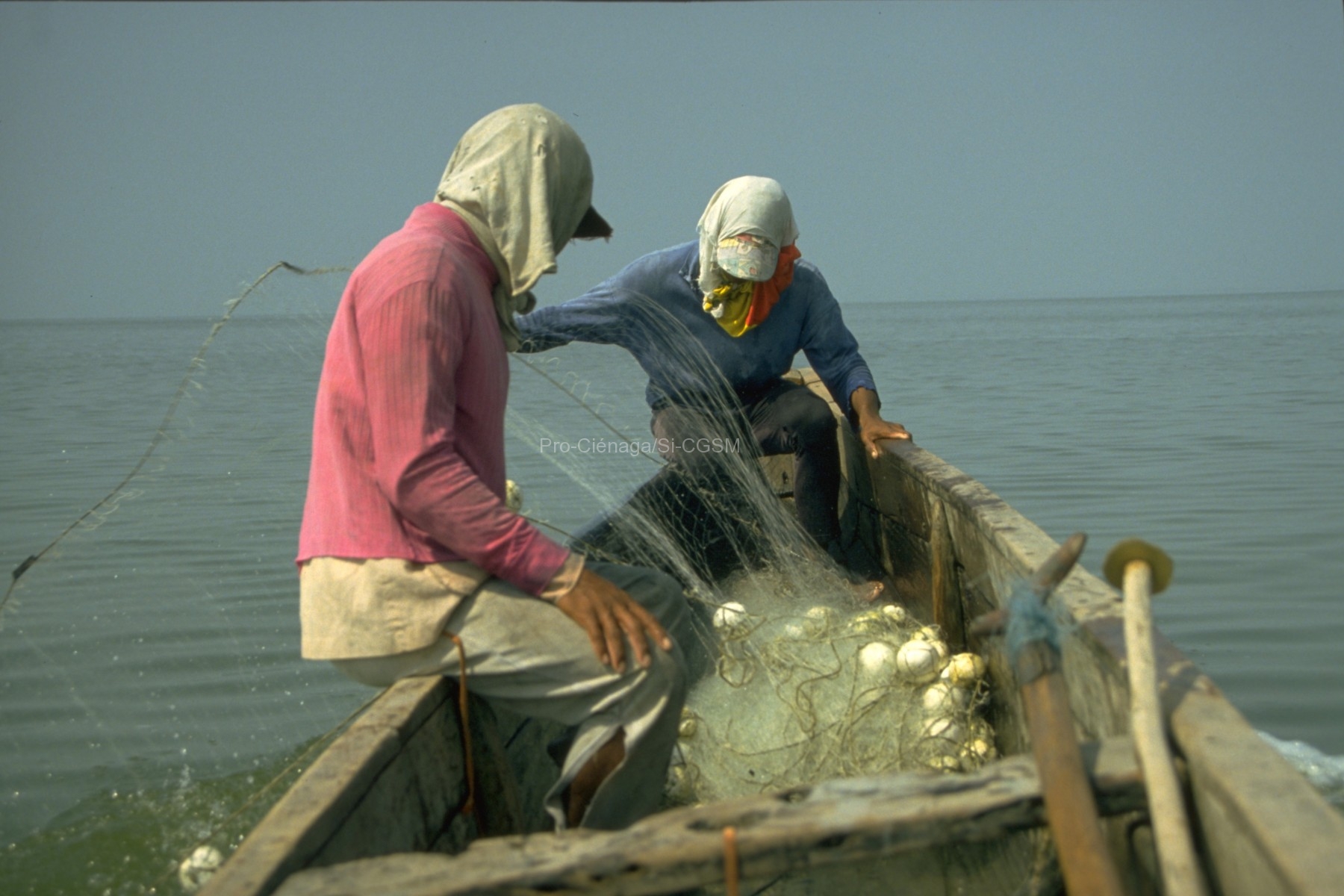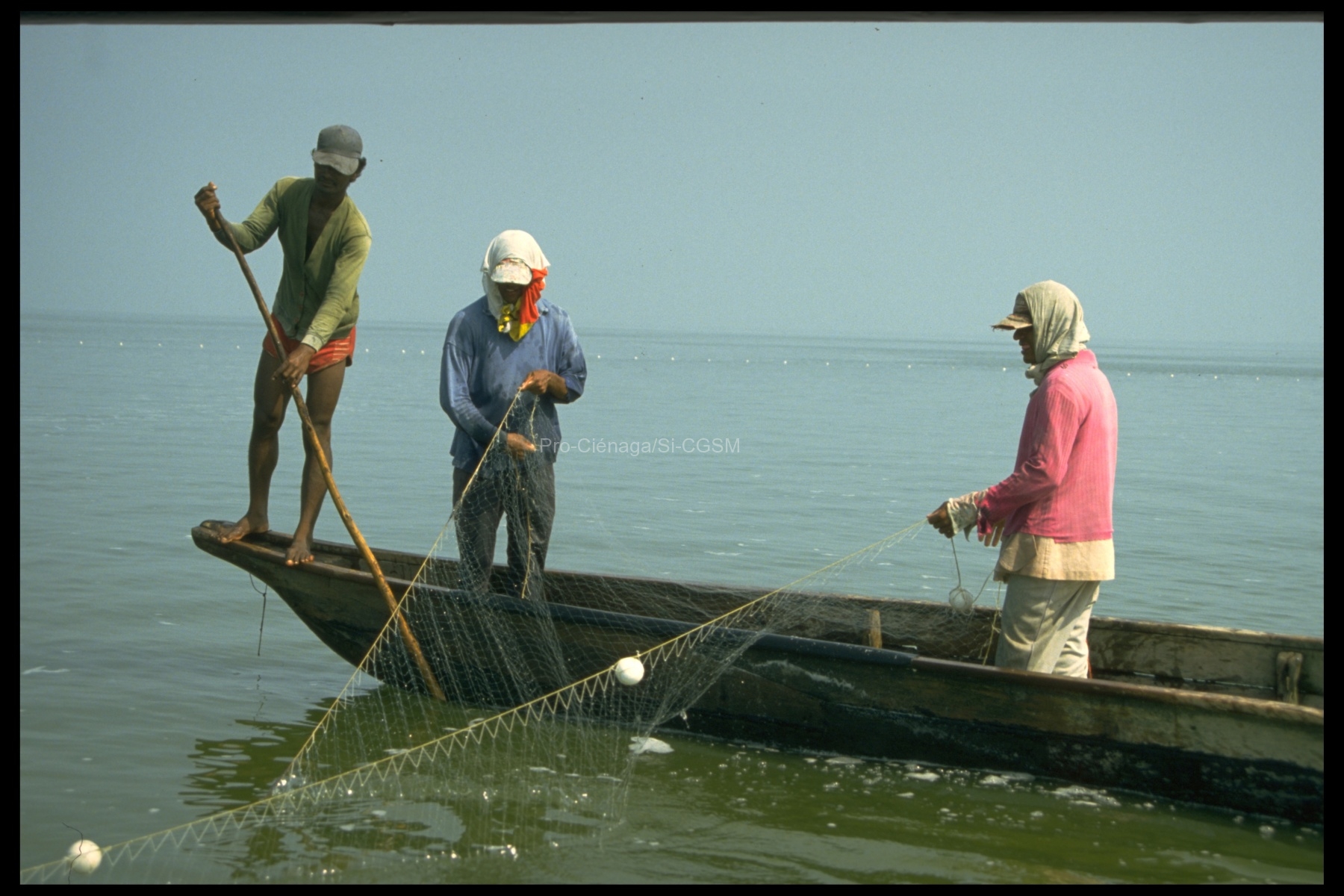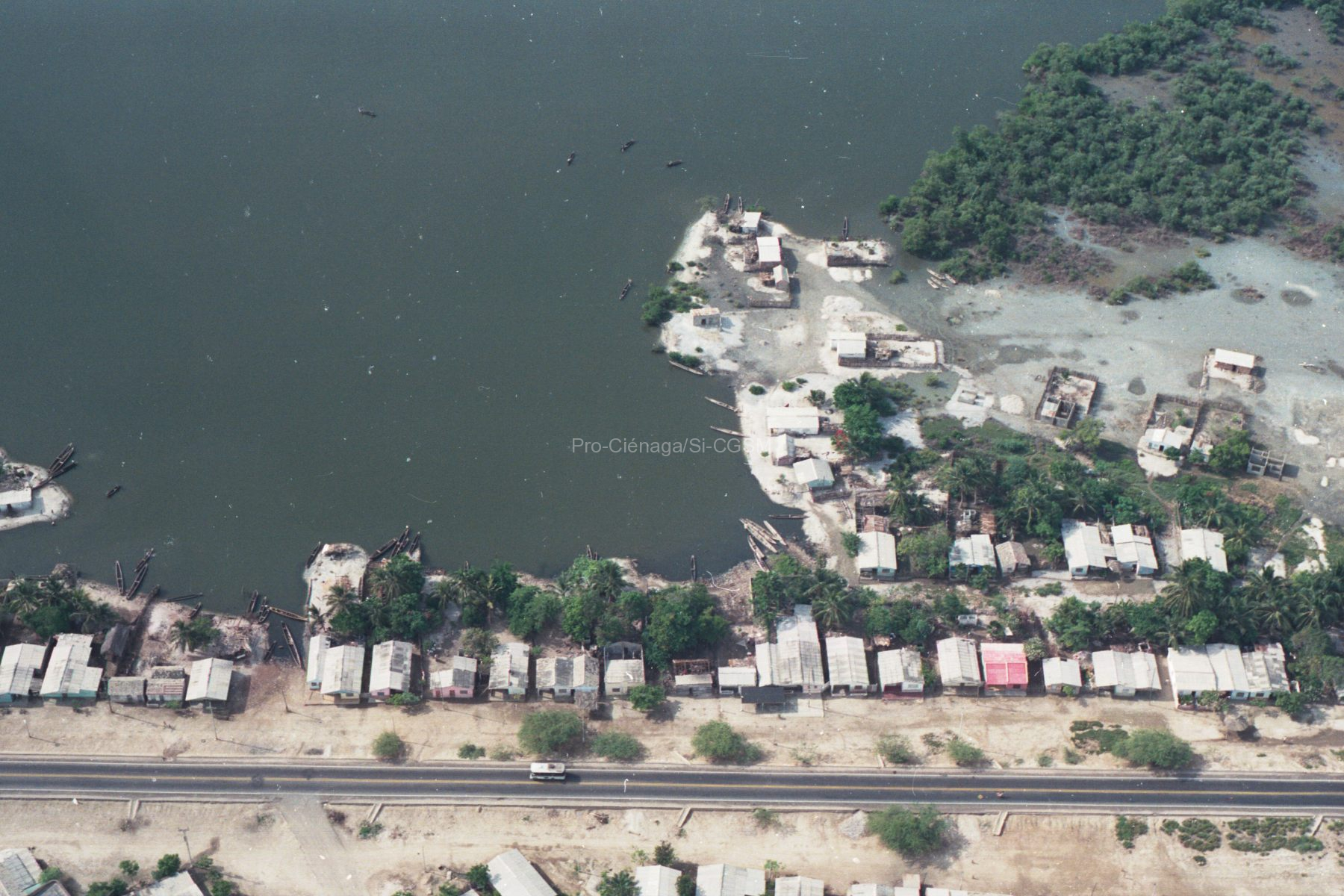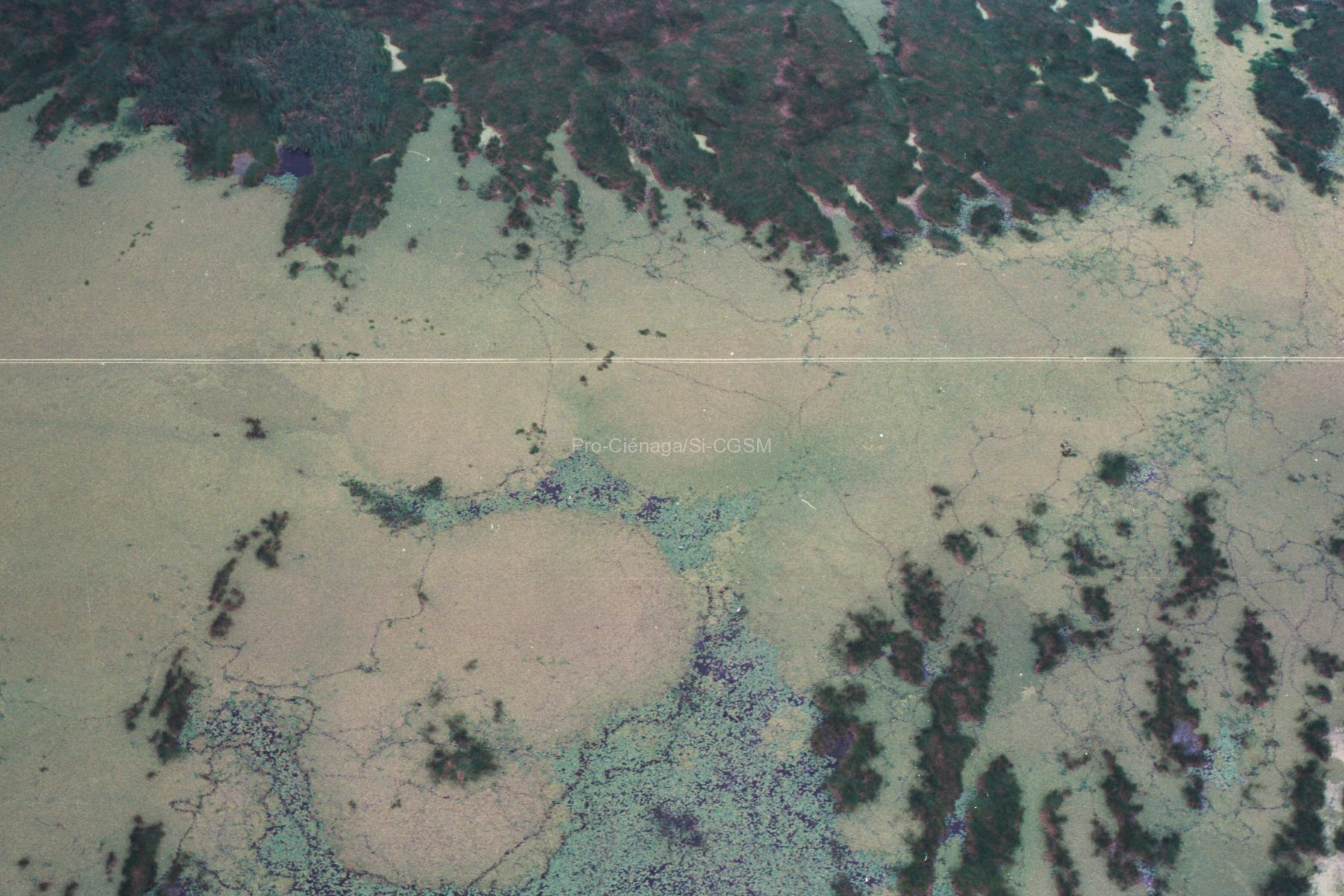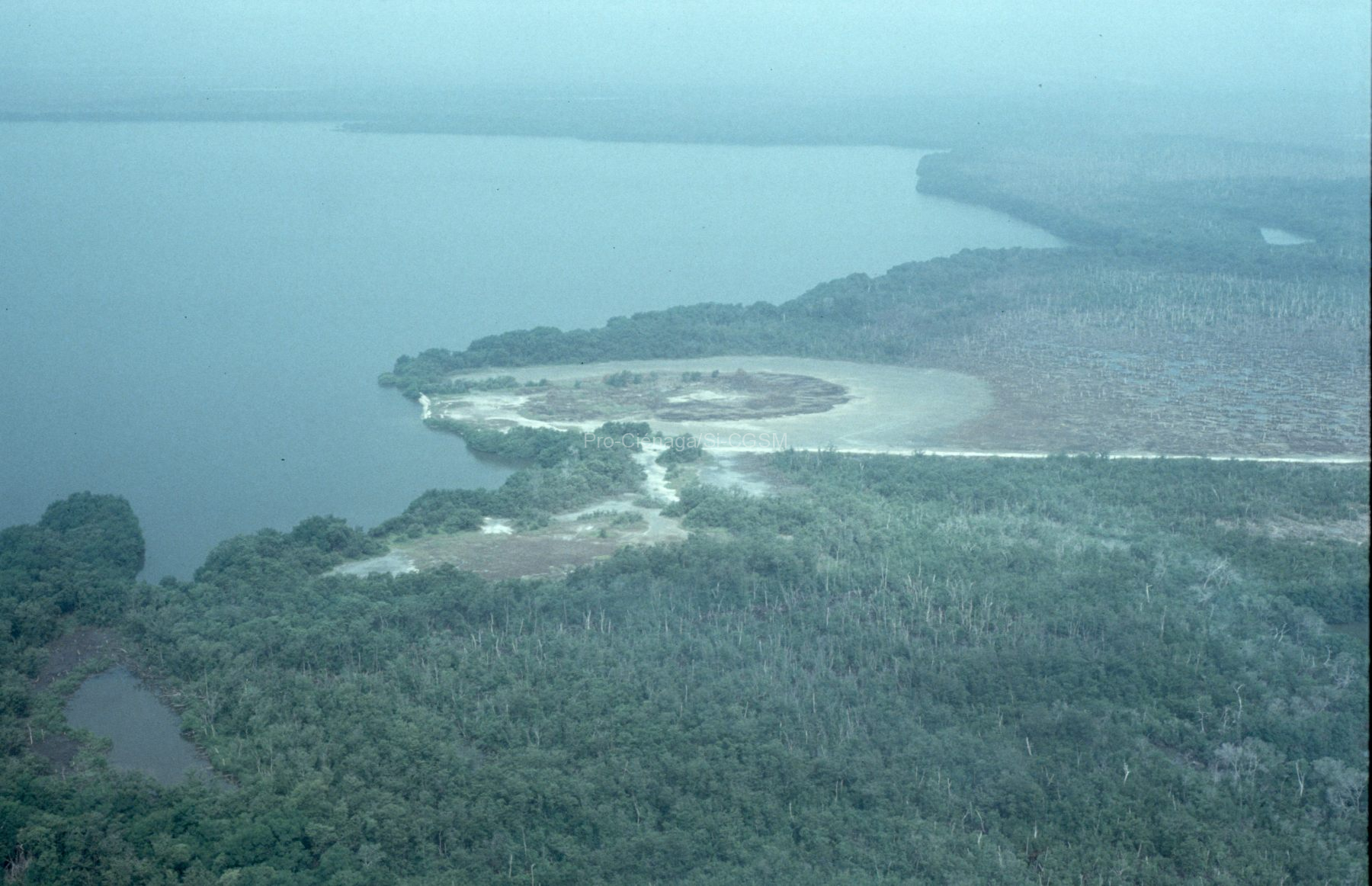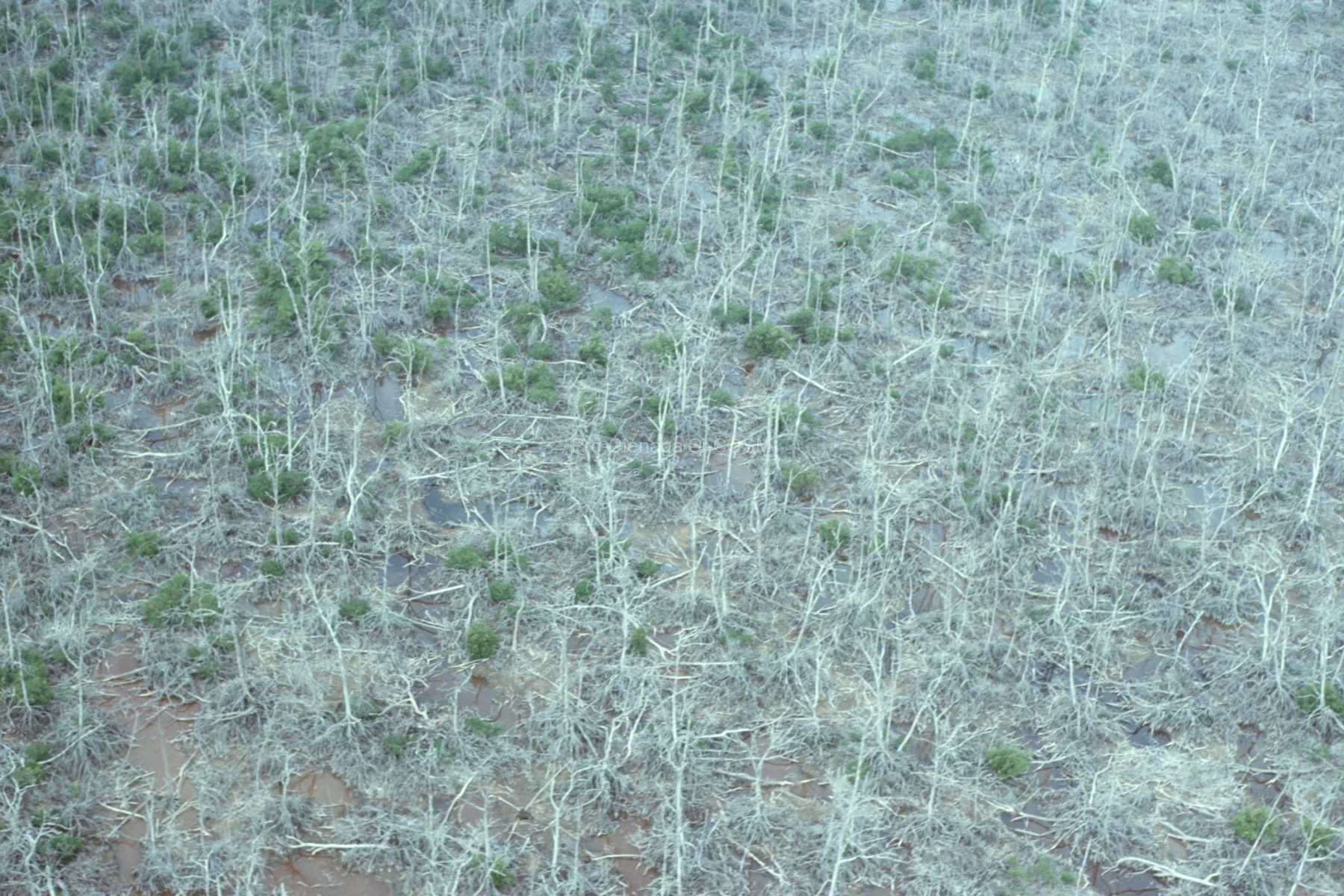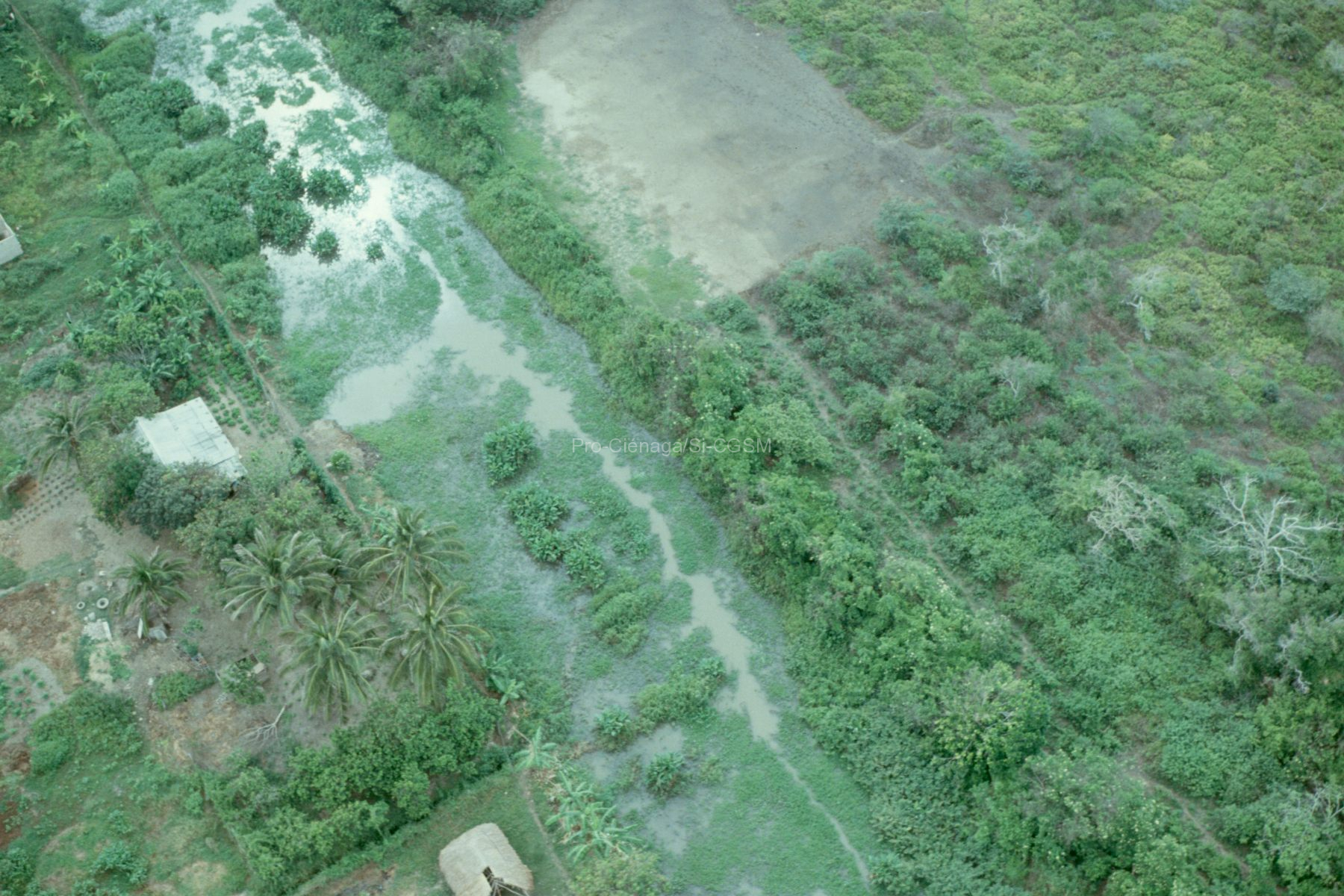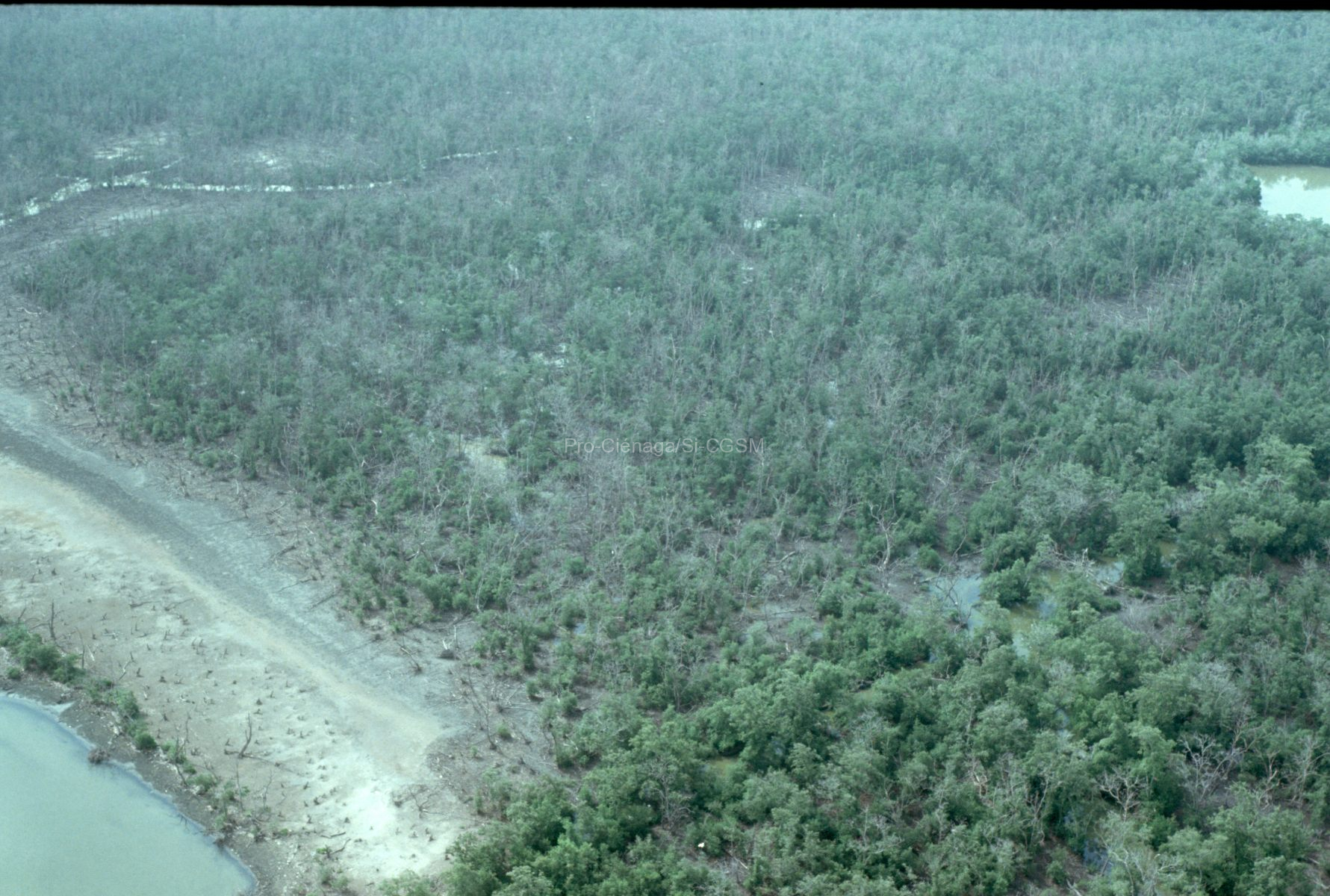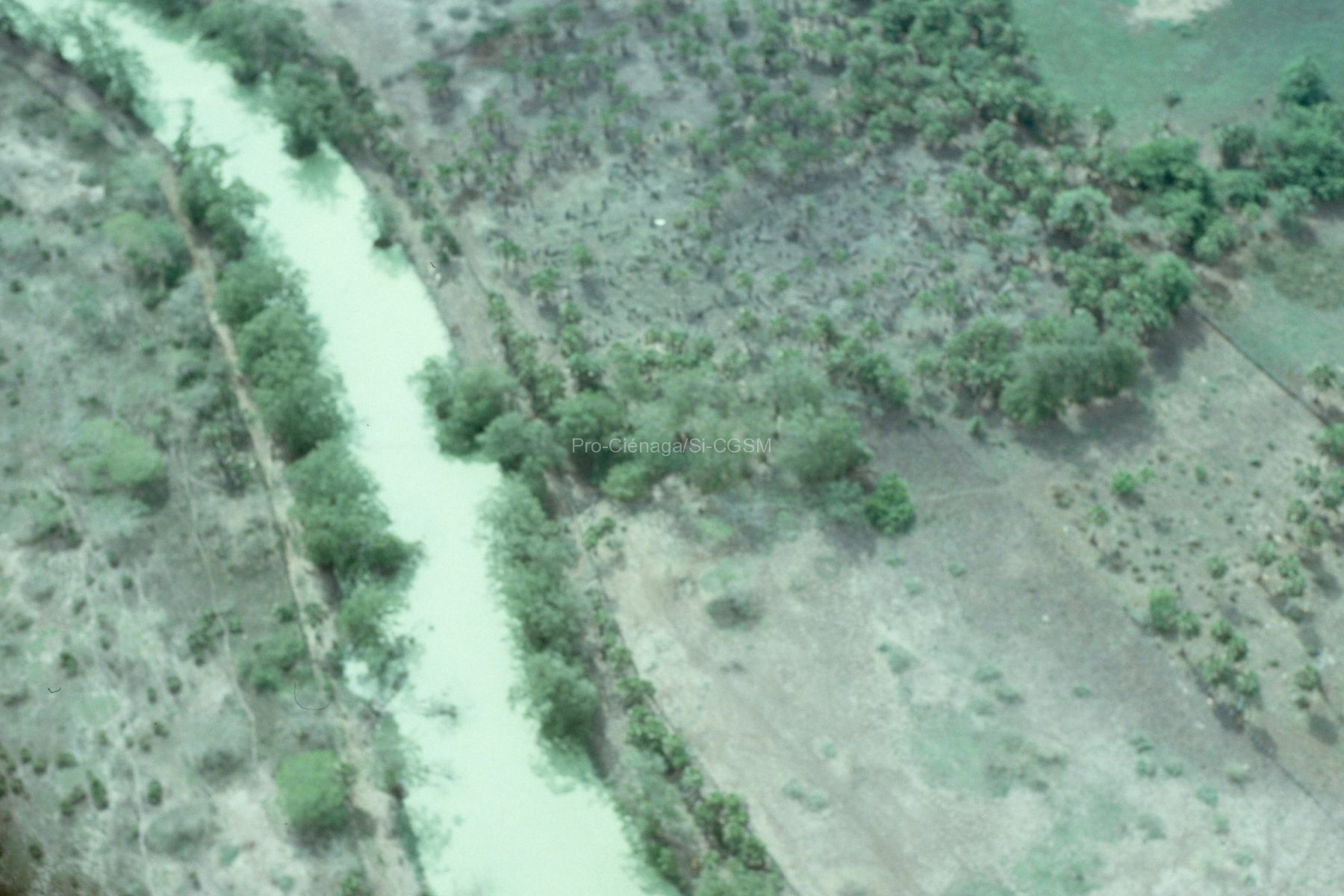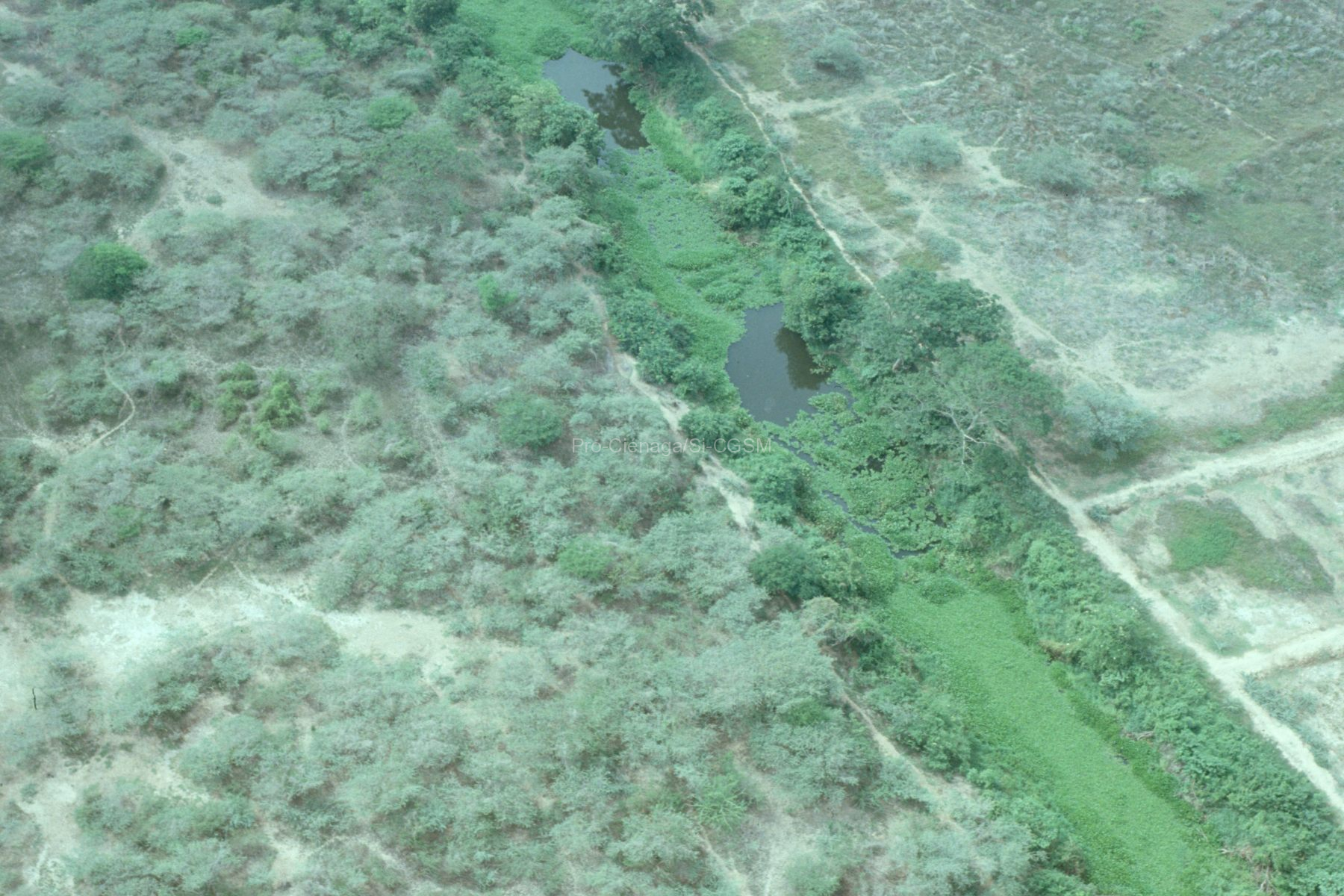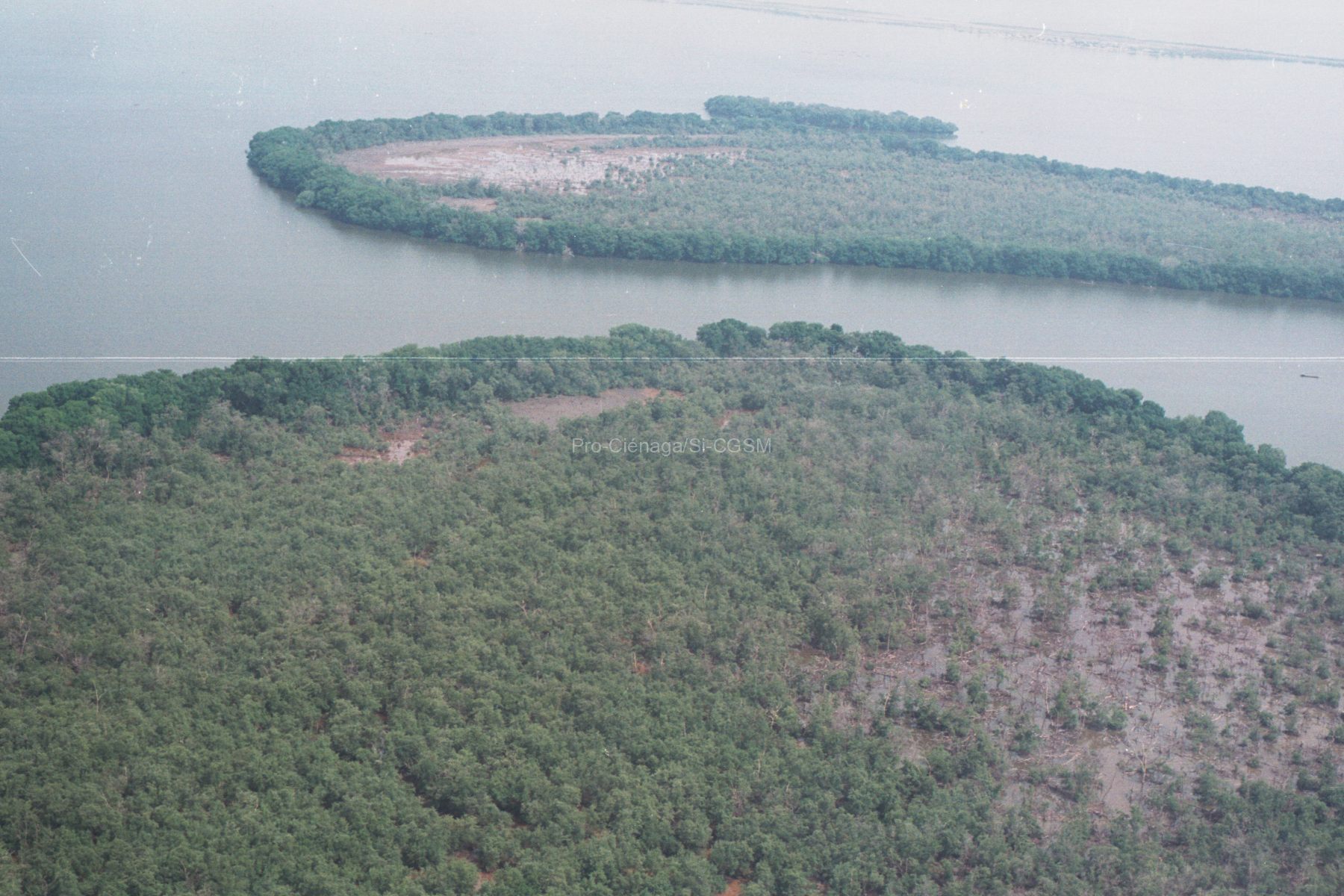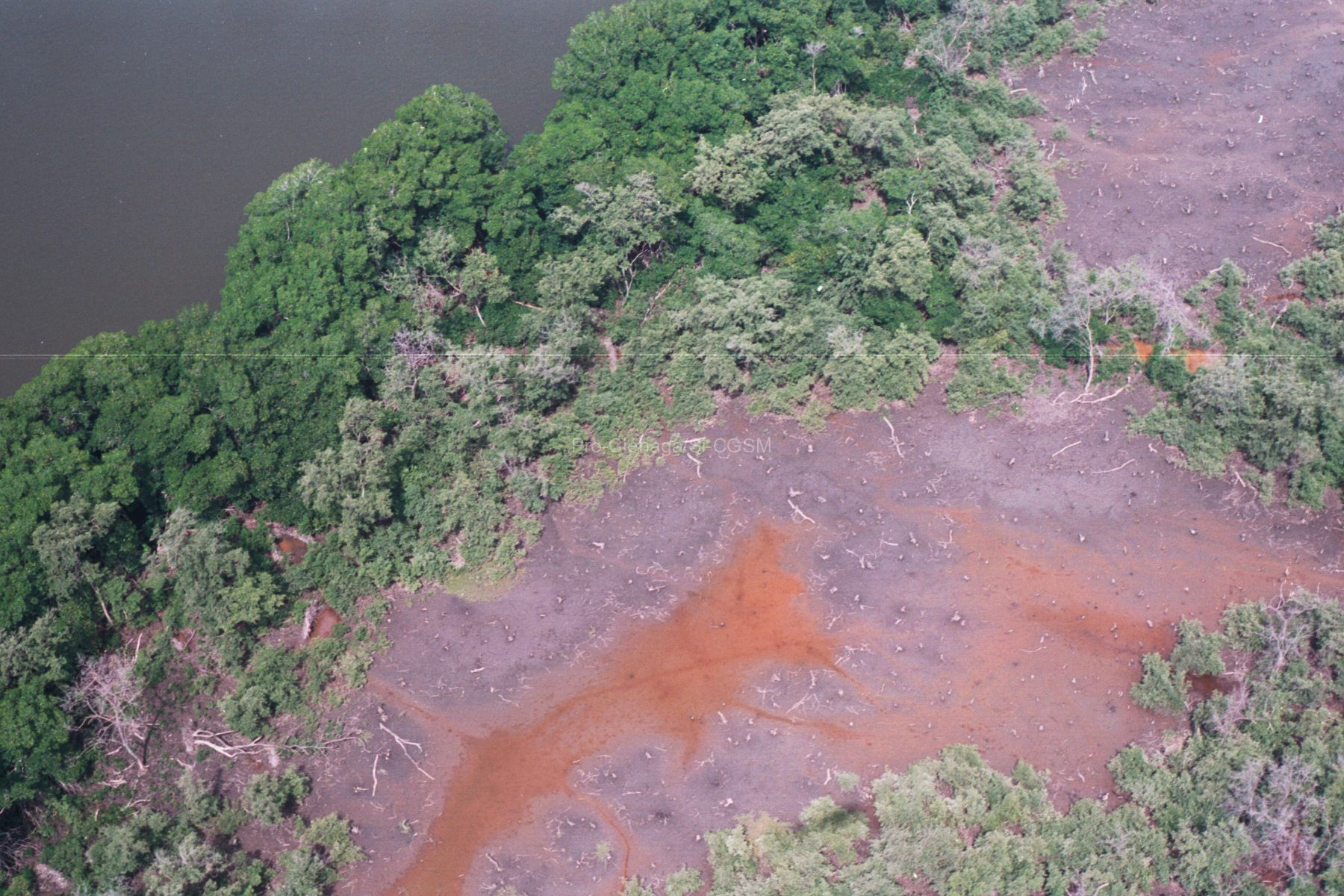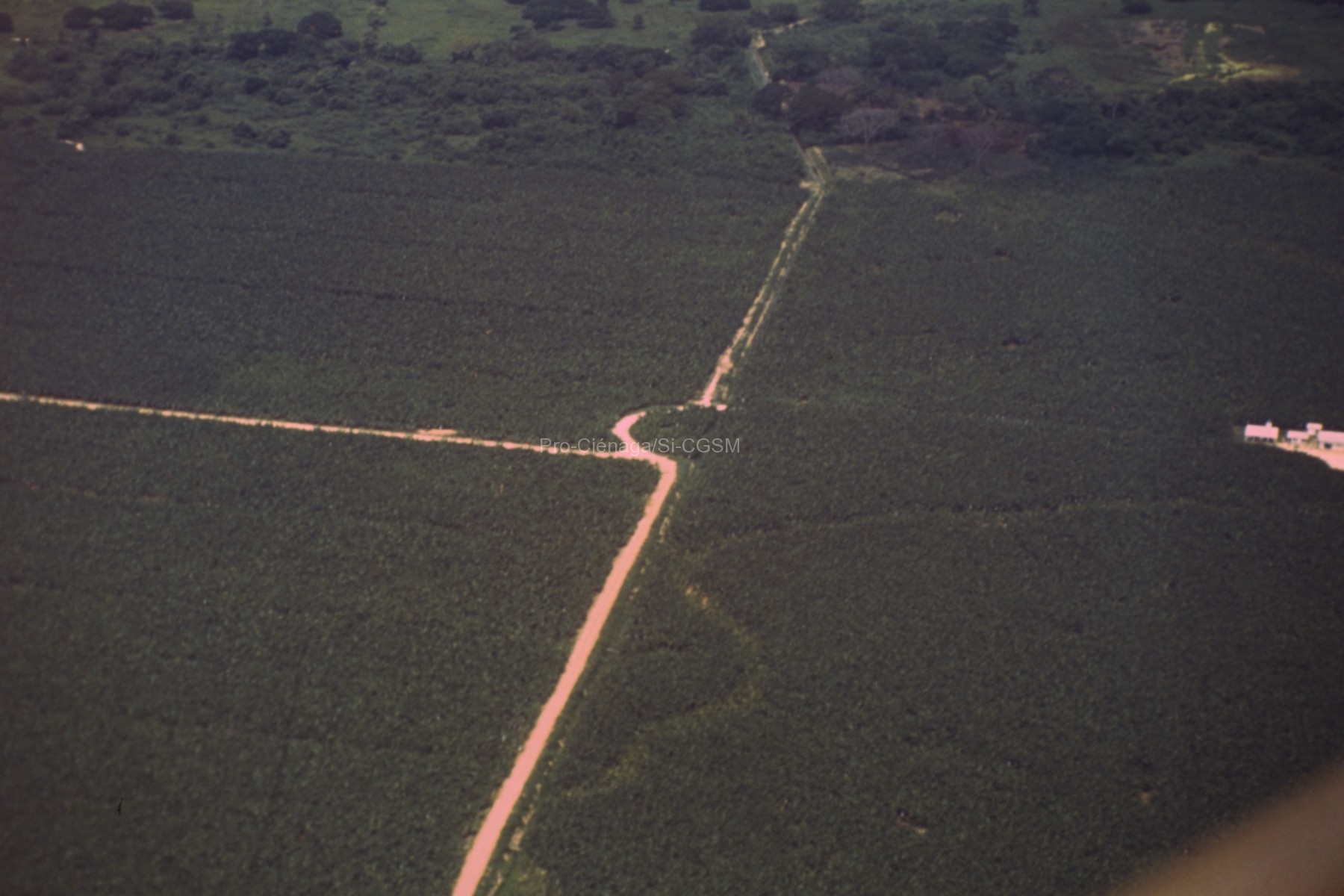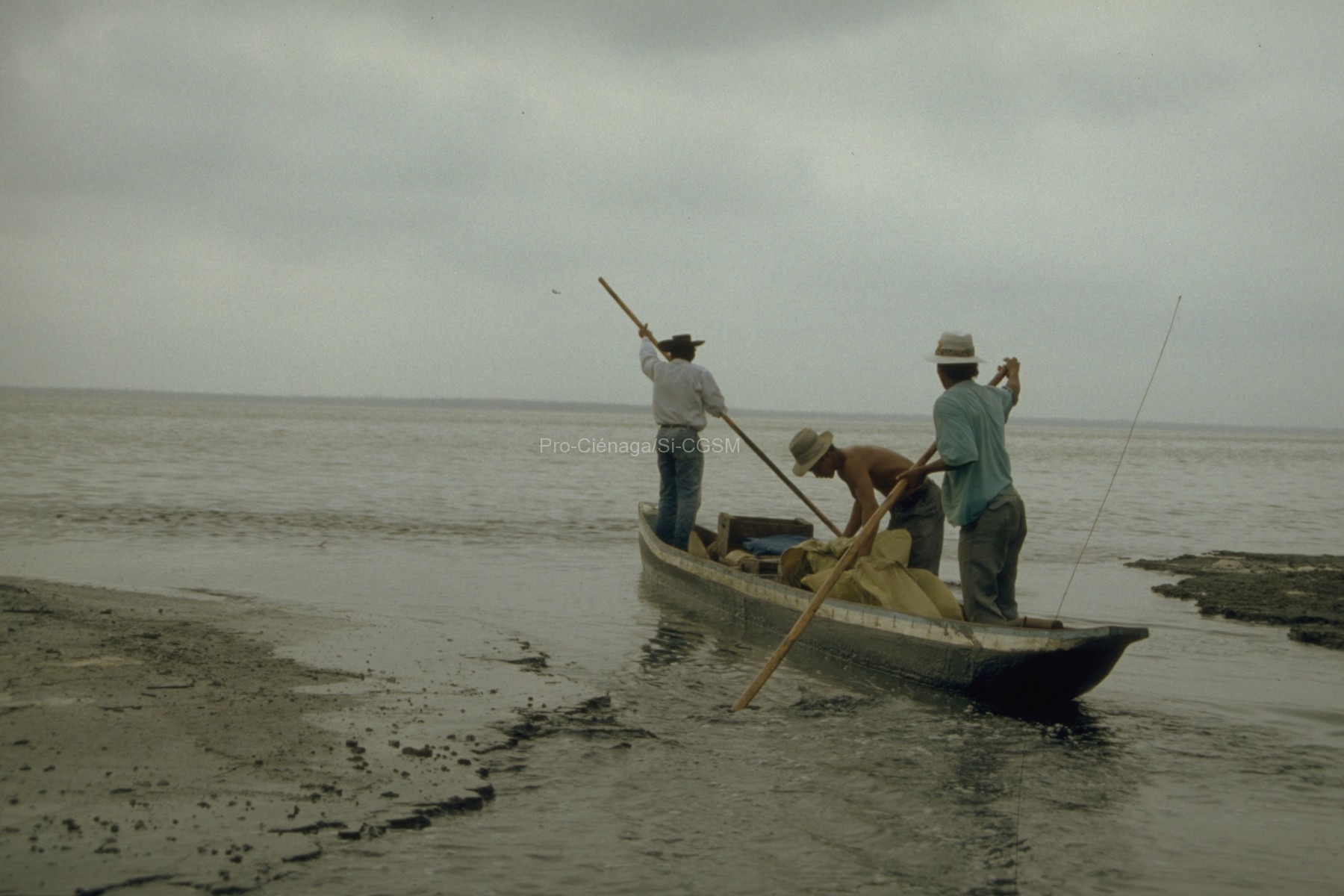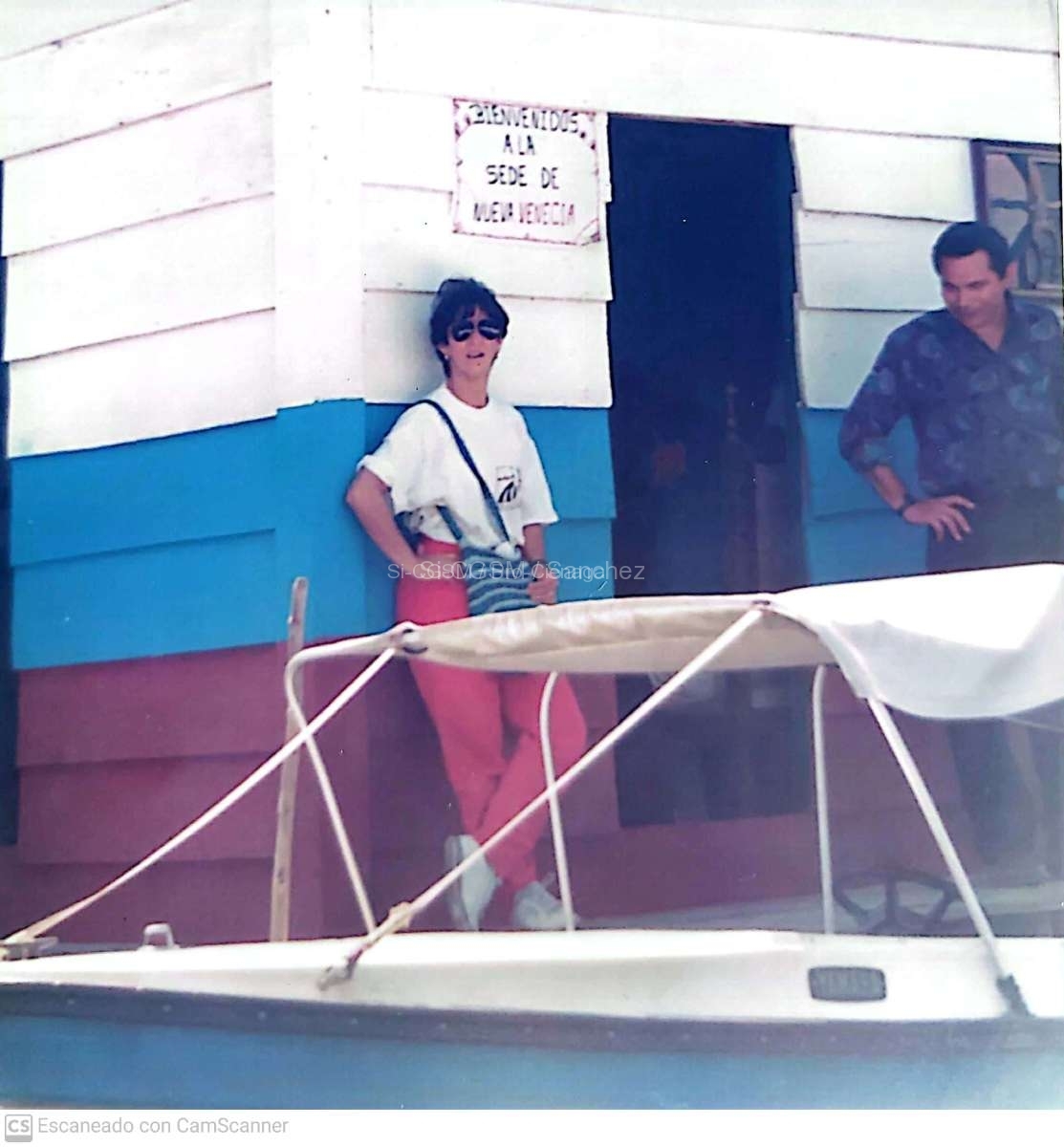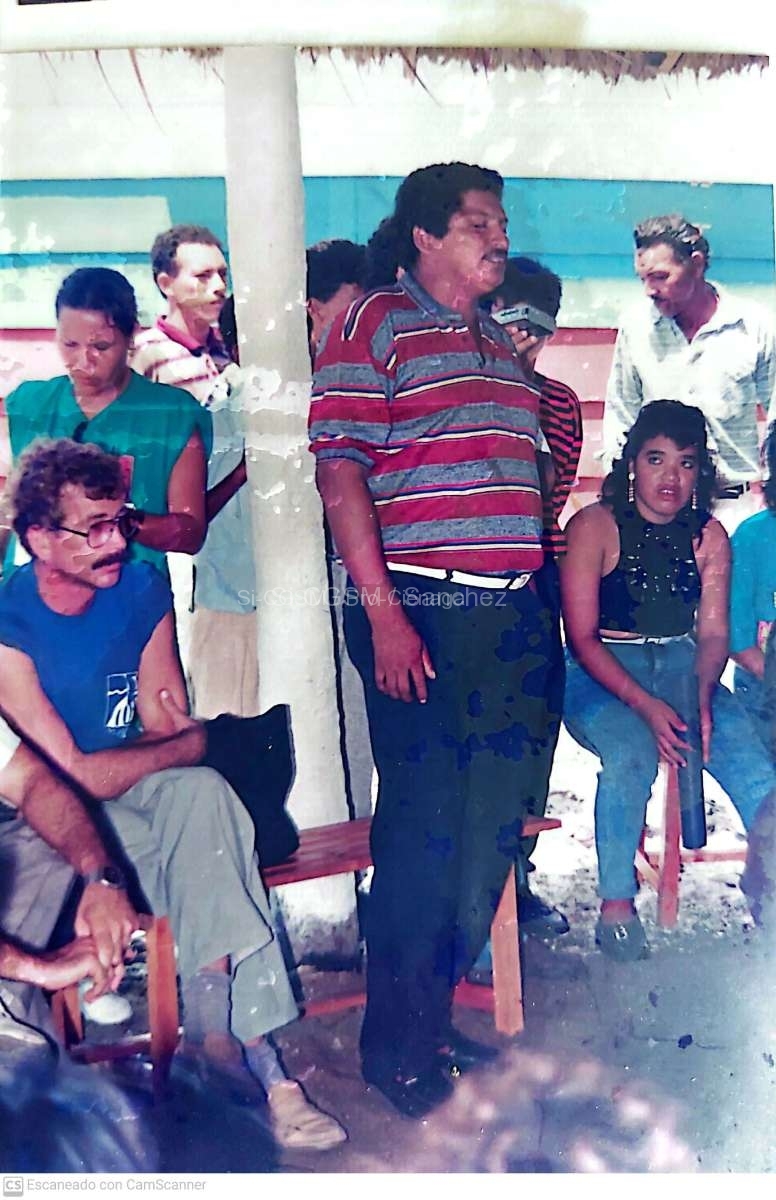Two studies on the phytoplankton and the physical and chemical characteristics of the Ciénaga Grande de Santa Marta (CGSM) lagoon in the Colombian Caribbean, carried out in 1987 and 1995, found that salinity has been a key factor in the variation of the cell diameter of the diatom Actinocyclus normanii. Small cells are produced when salinity is low, while big ones are produced when salinity is higher. In turn, salinity variations are determined by precipitation: during the rainy season salinity decreases while it increases during the dry season. Small cells are produced by asexual reproduction during the rainy season. Bigger cells result from sexual reproduction and the production of auxospores, normally when salinity concentrations are above 8 PSU and up to 30 PSU. Bio-essays in the lab have confirmed that auxospores were not formed at 2.8 PSU salinity concentrations but they did at 10 and 20 PSU concentrations. To prove the use of cell diameter in paleoenvironmental reconstructions, 300 valves
of A. normanii were measured in 15 diatom slides from a 6 m sedimentary core extracted from the lagoon in front of Sevilla River (río Frío) in October 2010. The core interval selected (5 to 265 cm) represents approximately the last 2,300 years before present (BP). Statistical analyses indicated that the diameter of 40 µm marked the division between small and bigger cells. Diameters under 40 µm indicated fresher water conditions, and those larger than these, more saline conditions. Due to the relationship between small and bigger cells of A. normanii and taking into consideration that they are part of the same life cycle of this species, forms and varietes subsalsa and normanii were not considered. We concluded that variations in the diameter of A. normanii were dependent on salinity concentrations.


